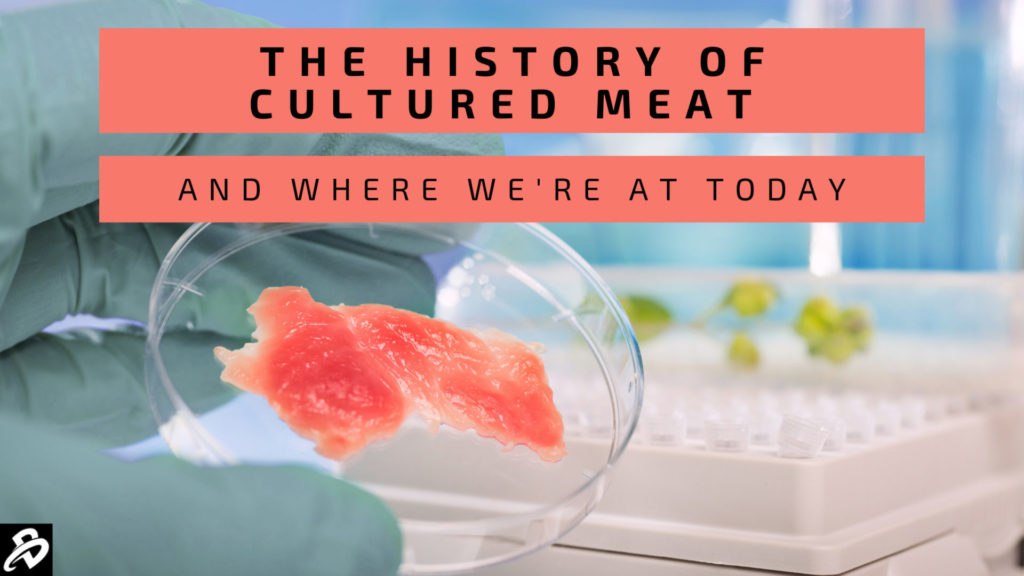The idea of cultured meat is not new and it has long been around, although there have not been the techniques to produce it until recently. Cultured meat was seemingly first mentioned in 1897 within a science fiction novel titled Auf Zwei Planeten, and further mentioned within a number of other novels throughout the 19th century.
In 1931, Winston Churchill, prophesied: “We shall escape the absurdity of growing a whole chicken in order to eat the breast or wing, by growing these parts separately under a suitable medium. Synthetic food will, of course, also be used in the future.”
Then, in the late 1990s, Willem van Eelen was the first applicant to file the first patent for a cultured meat manufacturing method. In 1998, the National Aeronautics and Space Administration (NASA) made the first attempt to grow goldfish meat within a laboratory as a part of its research into food production for protracted journeys through space.
The First Cultured Meat to be Eaten
It seems that the first cultured meat eaten by humans was by the efforts of the bio-artist, Oron Catts. In his 2003 project, Disembodied Cuisine, Oron Catts obtained cultured meat from a frog and served them as tiny frog steaks during a dinner at a museum in Nantes, France. In 2005, the Dutch government allotted funds for two research projects on cultured meat, and the medical researcher, Mark Post, and Google’s cofounder, Sergei Brin, joined together to accelerate its development.
The first scientific publication on cultured meat appeared in 2008, and today, the number of publications has increased to nearly 3,000 in PubMed.gov alone. The general public became aware of cultured meat only after a television show in 2013 in London where the cooked cultured meat was tasted by two journalists. The first sale of a cultured meat product took place in December 2020 in a restaurant in Singapore. Today, Good Food Institute and New Harvest, the two non-profit organizations are supporting the R&D of cultured meat.
Because of its recent rise, nearly all the companies involved in the manufacture of cultured meat are startups, with 99 companies now associated with the industry. These companies are developing cultured meat, scaffolds, culture media, and growth factors, as well as supporting devices and technologies. These startups are located worldwide, but are most heavily concentrated within the United States, European Union, and Israel.
Billionaire investors in the field include Bill Gates, Richard Branson and Li Ka-shing. Conventional meat companies like Cargill, Tyson Foods, Migros, PHW and Grimaud are also now participants of the cultured meat industry.
Where the Cultured Meat Industry is Heading Next
Several appealing cultured meat prototypes have been developed, including shrimp dumplings, pork sausages, chicken nuggets, beef steak strips, fish maw, foie gras, and salmon nigiri. Nonetheless, it is not yet clear whether the soon-to-be approved products will be structured (think “beef patties” or “salmon fillets”) or unstructured (think “minced” and “ground” meat products). The first wave of approved products is most likely to be unstructured meat. Fully structured meat is will more likely come later, as the required scaffolds get developed.
Likewise, the costs of first-generation meat products will come at a premium. One strategy to counteract these costs is to develop a hybrid product in which cultured animal cells get combined with plant-based ingredients. For example, some companies are aiming to sell cultured animal fats as ingredients, while others have chosen to focus on cultured muscle tissues.
What questions do you have about the history of cultured meat and its future ahead? Ask them in comments below.
